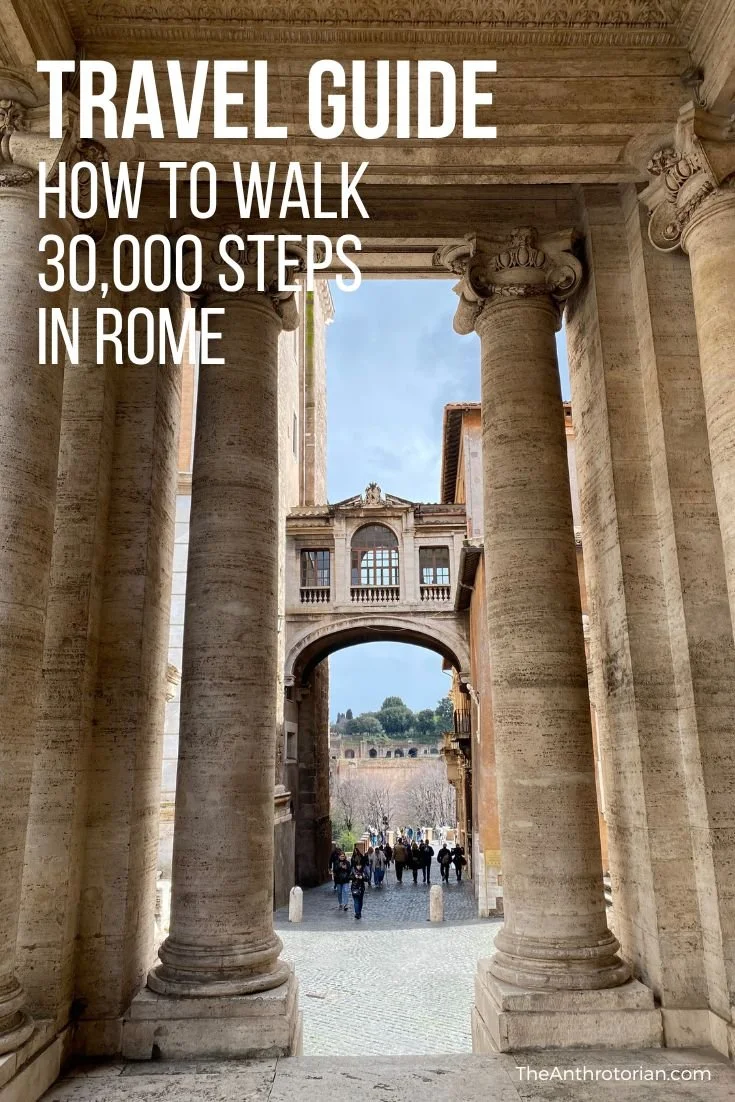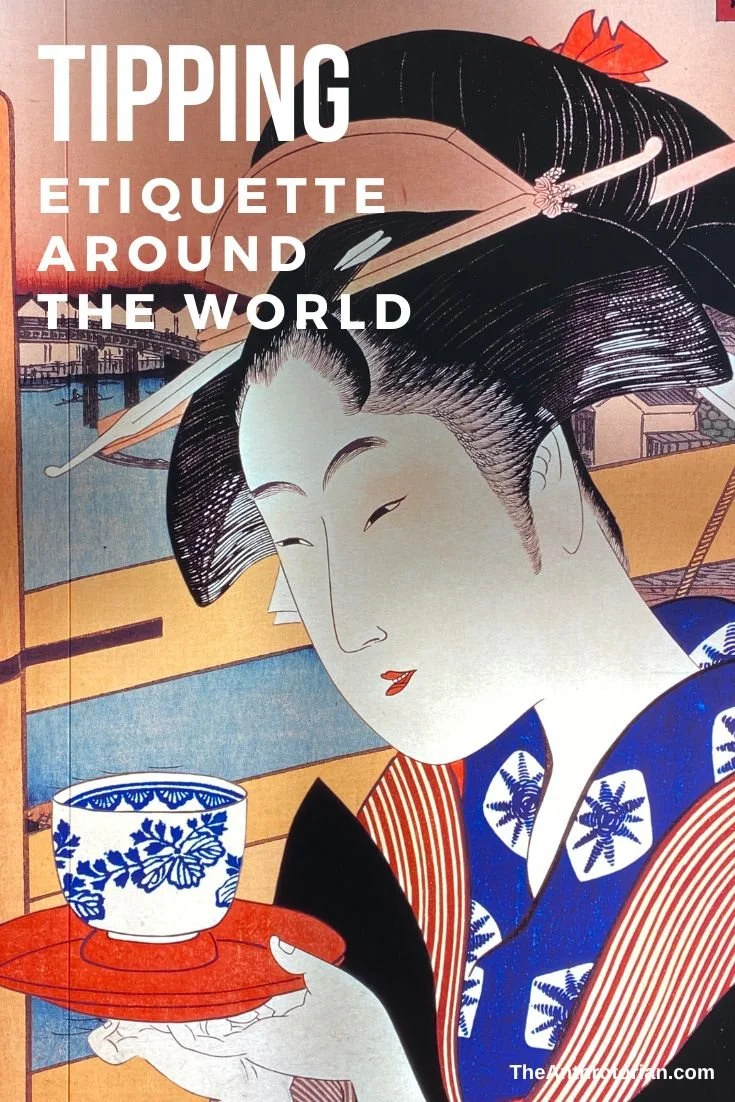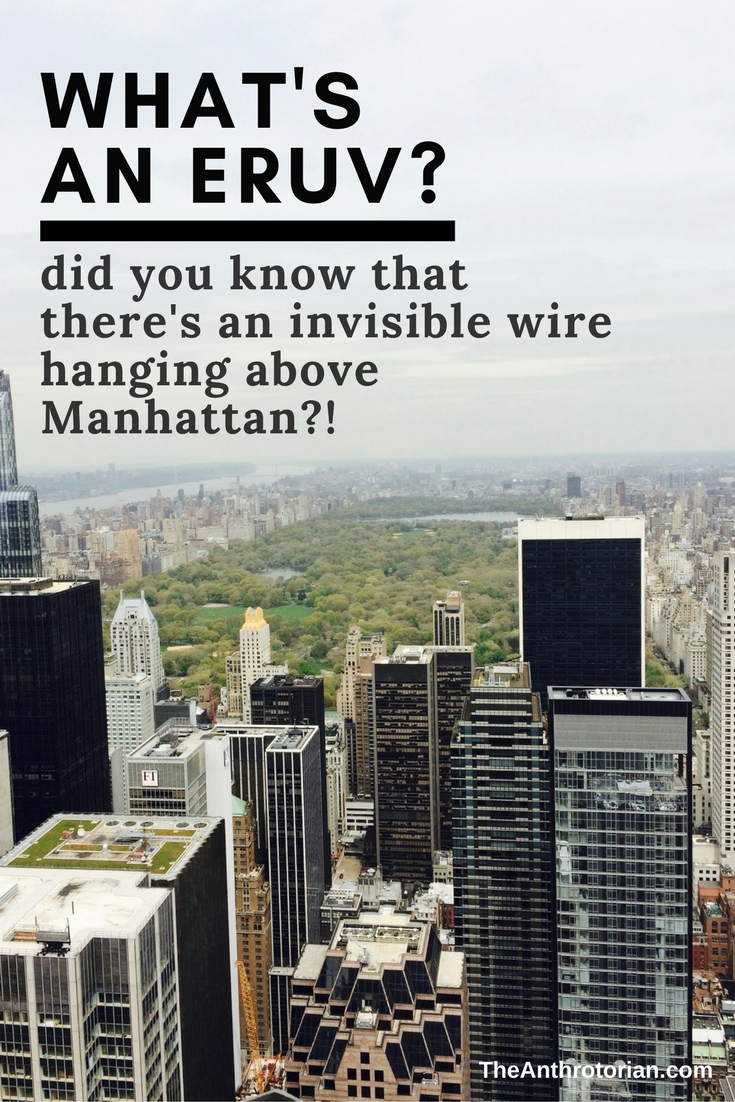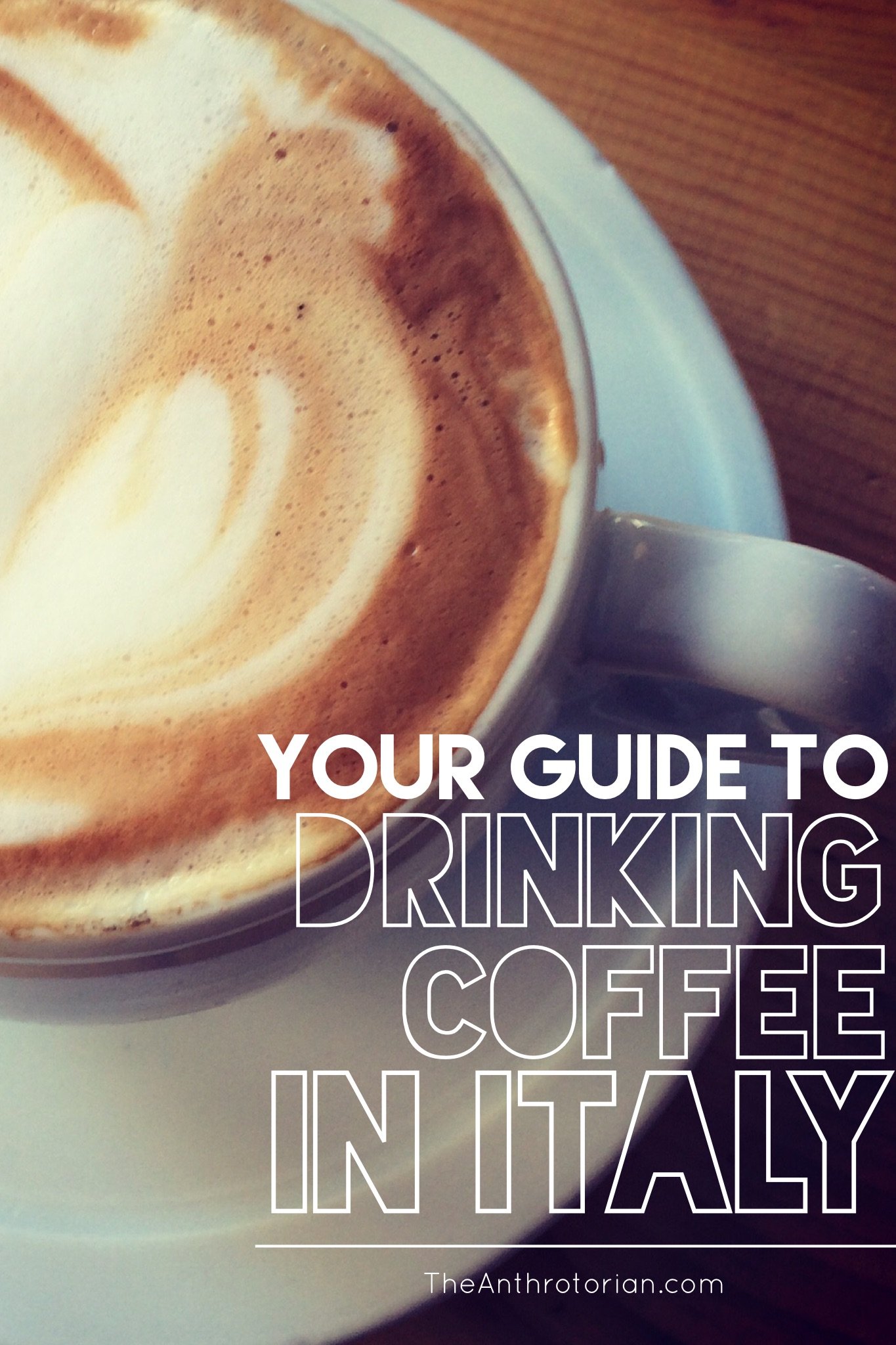Tourism produces a stagging amount of environmental waste and carbon emissions, in fact, according to the United Nations Environment Program, “tourism produces 5 percent of the world's carbon emissions… and contributes to the depletion of natural resources, the degradation of ecosystems, and the proliferation of the waste found from shorelines to trekking trails.” (source)
When faced with these facts, it is easy to feel traveler’s guilt, and even find yourself questioning if you should travel at all.
Which is a good thing.
The only way to make travel sustainable is to make sure that those of us that are doing it are aware of the impact that we are having, and do our best to counter, offset, and reduce our footprint as much as we can.
Read More













